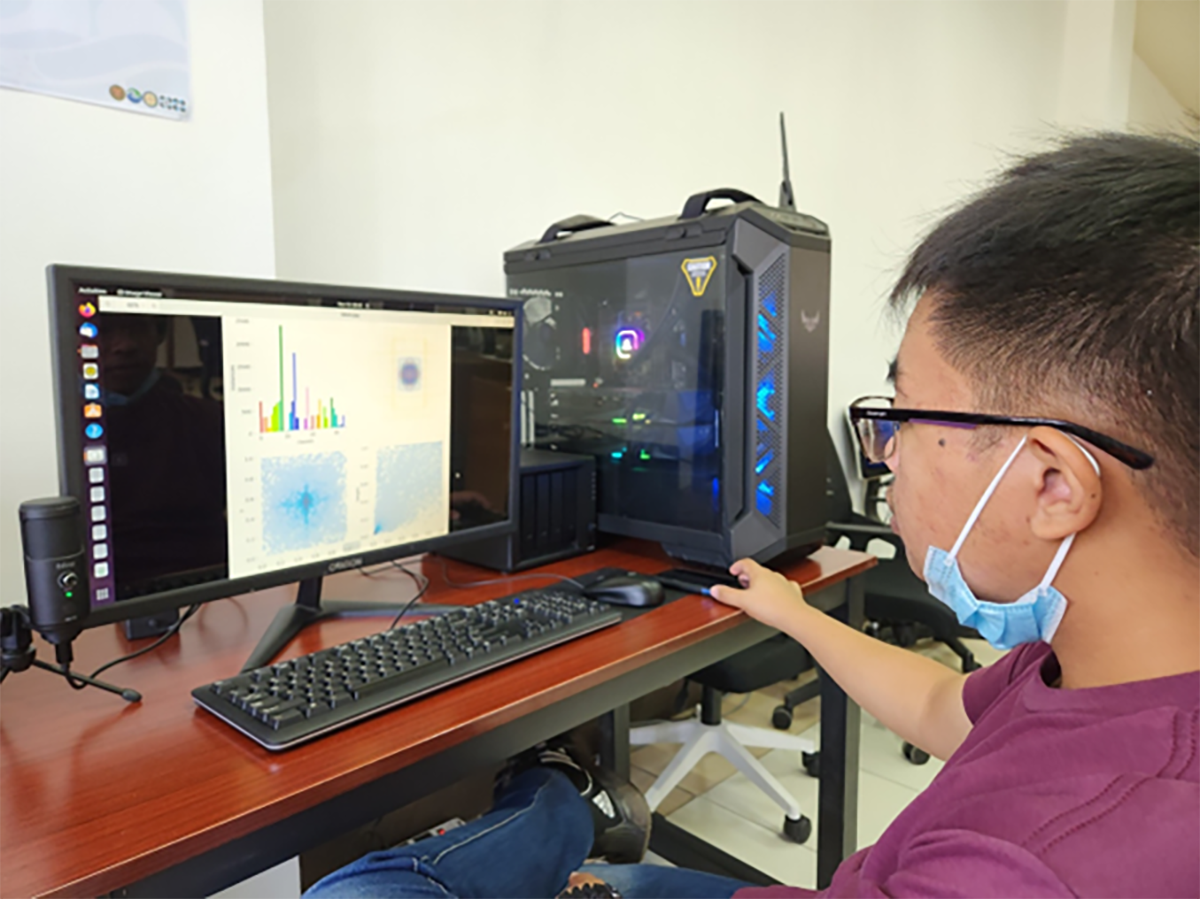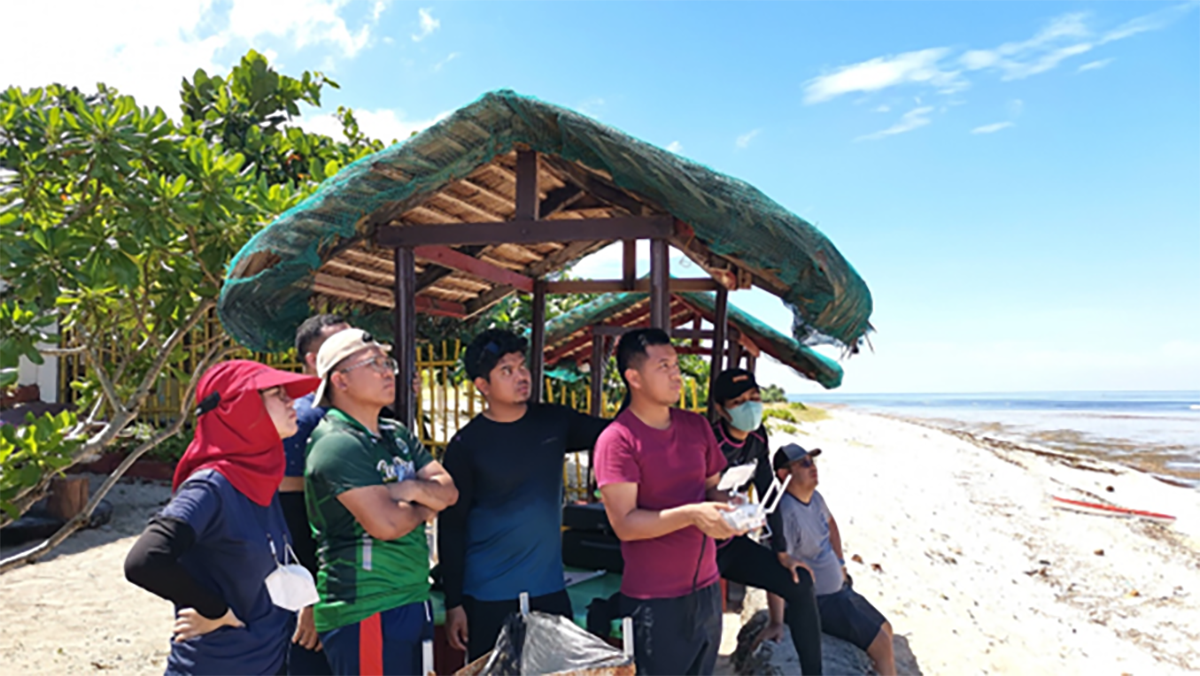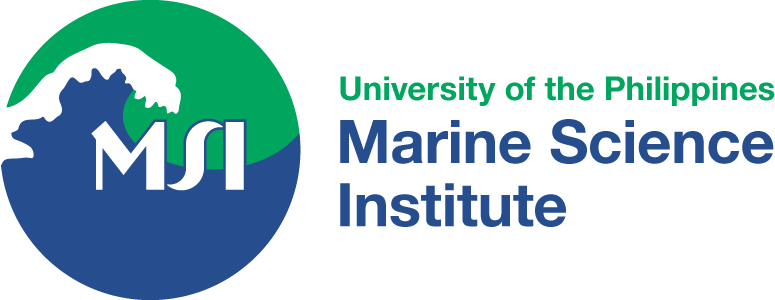Moving towards open data, public access, and information sharing to combat marine plastics pollution in the Philippines and the Southeast Asian region
Summary
Even though Southeast Asian countries are often mentioned as some of the biggest contributors to plastic pollution in the oceans, there is no existing database that validates these claims. Hence, the PlastiCount Pilipinas website was developed to gather and share information about plastic pollution specifically in the Philippines. This complements Strategy 1 of the National Plan of Action for Marine Litter (NPOA-ML) implemented by the Department of Environment and Natural Resources. To create the portal, we reviewed 14 databases to identify important features. Next, we extract data from 38 articles, 2 reports, 1 scientific poster, and 3 baselining studies to initialize the database. Different reporting strategies made data collation difficult. This shows that we need to agree on a common way to collect information so that we can build the baseline more seamlessly and accurately. The website also contains other references that may be useful for those interested in marine plastics pollution in the Philippines. The website also accepts contributions such as data and resources. The lessons we learned developing the PlastiCount Pilipinas portal may be useful for creating a regional database for all of Southeast Asia.
Significance
The Southeast Asian region has been consistently tagged as among the top polluters of plastic in the oceans, with the Philippines usually making it to the top three. These estimates are based on modelling which may not be reflective of the real state on the ground. Hence, we developed the PlastiCount Pilipinas portal, the first operational marine plastics pollution (MPP) database in the region to provide ground-truth data for the general public. The website may be accessed at https://plasticount.ph/ which provides MPP data in Philippine waters. Other features of the portal include references, news articles, manuals and a submission portal for public contributions.
Photos


Authors:
Ricardo C. Alindayu II (Marine Science Institute, University of the Philippines)
Lance Oliver C. Licnachan (Department of Mathematics and Computer Science, University of the Philippines – Baguio)
Ramgem L. Luzadas (Marine Science Institute, University of the Philippines)
Paul Samuel P. Ignacio (Department of Mathematics and Computer Science, University of the Philippines – Baguio)
Deo Florence L. Onda (Marine Science Institute, University of the Philippines)
Read the full article: https://www.sciencedirect.com/science/article/pii/S096456912300296X?dgcid=author
